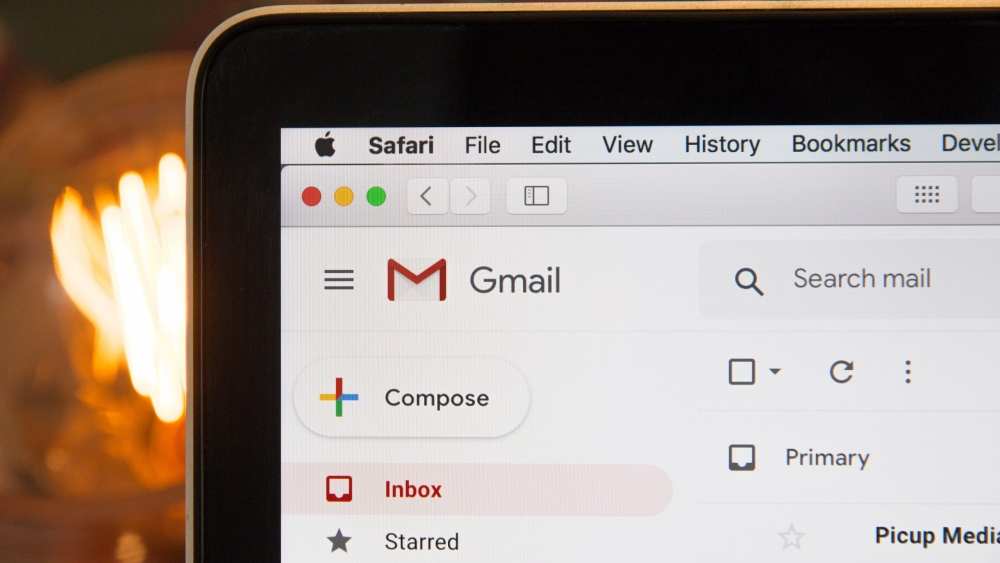Email marketing is an important channel of communication for brands looking to build relationships with their customers and leads. While target audiences might miss a new update on a brand’s website or social media, an email is delivered straight to their inboxes and can be read at their convenience, which makes it a great tool for sending newsletters and special offers to customers.
But there are a few things to be aware of to ensure you get the formula right and don’t end up spamming (read: annoying) the people you want to engage with you.
Step 1: Build a contact list
Before launching an email marketing campaign, you’ll need to develop a contact list with email addresses. This can be compiled from existing customer information or new sources such as a website pop-up or in-store poster encouraging people to subscribe to the email newsletter. Consider local data privacy laws and spam regulations when developing your contact list to ensure you have the right permissions to send promotional emails.
In order to send targeted communications, other than basic information such as names and email addresses, ask for details about people’s interests that are related to your business. This is especially helpful if you have multiple product categories. Tailoring your email content to suit a specific customer segment increases the chances of recipients taking action on the email. At the same time, it reduces the likelihood of the email being perceived as irrelevant and marked as spam, or your contact unsubscribing from the database.
Step 2: Get started with an email marketing software
Once you have your contact list ready, it’s time to set everything up on an email marketing software. There are many out there, including Mailchimp, HubSpot, ActiveCampaign, Marketo and more – choose one based on your needs and budget.
Many email marketing software systems will guide you through the entire process of setting up an effective email campaign. Typical features include:
- Contact database that stores customer information
- Signup form that can be used on your website to enrol new email subscribers
- Email templates for different styles of emails (announcement, event, newsletter, etc.)
- Content personalisation (e.g. customising the email greeting to include the recipient’s name)
- Email previews on different devices
- Email scheduling
- Reports to track email performance
Step 3: Craft actionable emails
As much as sophisticated software could level up your marketing game with personalisation and automation, don’t neglect your fundamentals: the email itself.
Focus on crafting attention-grabbing emails that encourage action based on your marketing goals. Here are some email best practices to keep your customers engaged with your email marketing campaigns:
- Use subject lines to stand out and make a good first impression
- Write concisely so readers can take in key points even when skimming through
- Focus on your target audience and how the information you’re sharing benefits them
- Include strong calls to action with links that direct readers to relevant pages
- Use engaging copy for your call-to-action buttons. For example, instead of “click here” or “sign up now”, try “learn more about [topic]” or “join the fun”
- Keep the email colours, design and tone of voice on brand so your readers have a consistent brand experience
Step 4: Measure email performance
With so many elements to consider, invest some time in setting up A/B tests to evaluate the performance of various aspects of your email. For instance, running a test on the subject line could help you determine which option garners higher open rates, while running a test on the body could help you pinpoint the ideal placement for the email’s primary call-to-action button. Optimising the email will ensure your efforts achieve the best possible results.
The story doesn’t end when you hit “schedule” or “send”. After the email is delivered, it is crucial to measure its performance in order to make corrections for future campaigns.
Five useful metrics that can help you understand email performance are:
- Delivery rate
- Open rate
- Click-to-open rate
- Unsubscribe
- Conversion rate
Email is a key component of an integrated marketing plan, and keeping track of your email performance over time will enable you to identify potential areas for improvement, further refining your strategy to build and strengthen relationships with your customers.
Need help refining your email marketing strategy? You’ve come to the right place — chat to us at [email protected]

